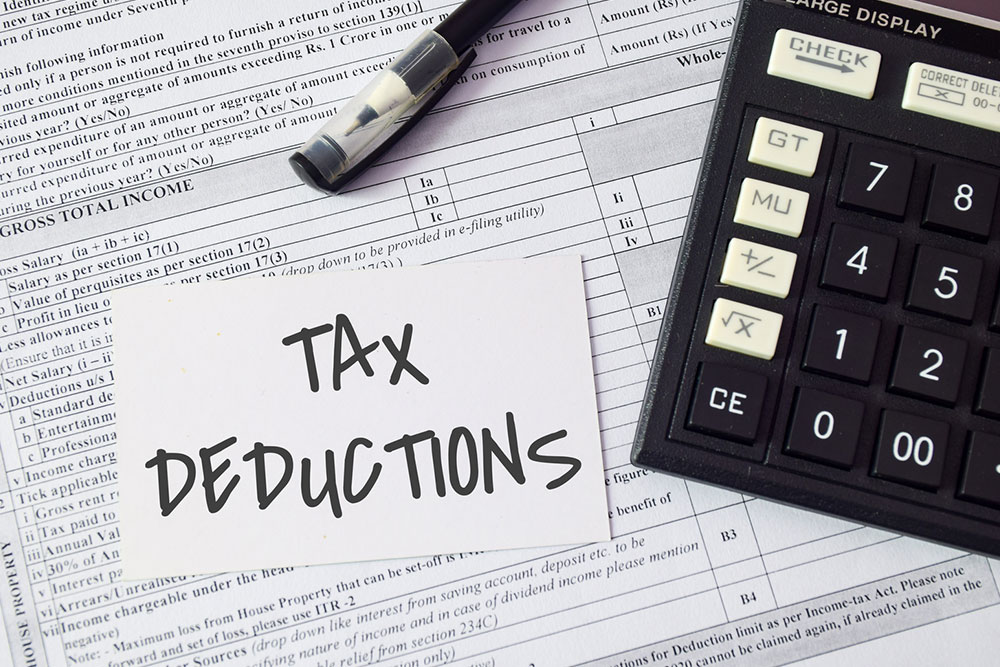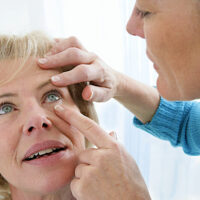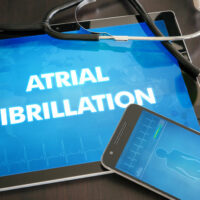7 most overlooked tax deductions that could help save money

Most individuals file taxes depending on how much money they make during the fiscal year. However, since the process is long and complex, it sometimes results in costly errors. A common mistake is overlooking tax deductions or, more simply, the expenses people can subtract from their taxable income. Understanding which expenses one can claim as deductions helps save significant money. Here are the seven most overlooked tax deductions individuals should know.
Charitable contributions
One of the most overlooked tax deductions is the charitable contributions made throughout the year. It could include property, cash, or any other monetary donation to charity. Interestingly, even out-of-pocket expenses incurred for volunteer work qualify. If someone had to drive for volunteer work, they could deduct the expenses one of two ways: deducting the actual cost of gasoline or deducting $0.14 per mile. That’s why one should remember to check the receipts from charitable organizations and the mileage costs when doing taxes. That said, not all donations are considered tax-deductible. The charity must be an approved tax-exempt organization to deduct a contribution on tax returns.
Student loans interest
While one may not enjoy paying interest on a student loan, doing so may have some money-saving benefits. One can deduct up to $2,500 (or the actual amount, whichever is less) of the interest paid on student loans. Any qualified student loan interest will work, including that on the loans taken out for oneself, a spouse, or someone else who was a dependent at the time of borrowing. The individual can consider interest deduction on the loan even if they do not itemize deductions when filing. However, there are other terms and conditions associated with student loan interest deductions that one should read before making any additions to the income tax returns.
Retirement savings contribution
Contributions to traditional IRAs and 401(k)s are not taxed. In fact, some individuals who contribute to these and other retirement accounts qualify for a much higher tax break. For example, eligible single filers can claim a tax credit worth up to $2,000 with Saver’s Credit, a popular retirement savings contributions credit. However, the amount of credit depends on one’s contribution amount, filing status, and adjusted growth income (AGI). If someone’s AGI crosses certain income thresholds, they might not be eligible to claim the Saver’s Credit. For instance, in 2023, the limits were about $73,000 for joint filers, $54,750 for head-of-household filers, and $36,500 for all other filers.
Gambling losses
Most people do not realize that filing gambling losses could help save on tax deductions. Gambling winnings, such as lottery winnings from registered establishments, are taxable. However, winners can reduce their tax liability by deducting gambling losses. Apart from lottery losses, other eligible deductibles include losses for scratch-off tickets, casino gambling, and betting on eligible sports. However, one should know the guidelines associated with filing gambling losses. One rule says that taxpayers can only deduct gambling losses if they itemize and cannot deduct losses that exceed the winnings.
Vehicle sales tax deduction
Individuals need to pay sales tax on a vehicle purchase. However, various states continue taxing people yearly for driving on public highways. Some also send a notice demanding tax payment to register the car each year. Luckily, one can add these expenses to their deductions for personal property tax. If a state calculates a percentage of the vehicle registration based on the car’s value, one can deduct that percentage as part of their personal property taxes. However, the percentage of vehicle registration tax calculated based on the car’s weight is not tax-deductible in some states. Therefore, one should thoroughly read the state’s guidelines before using this deduction.
Mortgage point deduction
While many people know they can deduct mortgage interest, they are unaware that even mortgage points are tax-deductible for those who itemize deductions. For example, if homeowners pay more than $600 of mortgage interest in a given year, they may receive a Form 1098 from their lender, which includes the mortgage points paid. However, one should remember that the points and interest amounts reported on the form could differ from those deducted the following year. The IRS has specific guidelines for those eligible to claim mortgage points in the year they were paid. Additionally, a taxpayer must deduct points over the loan’s term if specific points apply, such as the points paid to refinance a mortgage and those associated with a second home. A tool on the IRS website helps determine if the mortgage points are fully deductible for a particular tax year.
SALT deduction
The state and local tax (SALT) deduction enables taxpayers to deduct state and local taxes paid to certain governments. The deduction is available to those who itemize instead of choosing the standard deduction. For instance, for 2023, taxpayers could write off up to $10,000 ($5,000 if married and filing separately) of eligible taxes paid. This could include real estate taxes and personal property taxes. The deduction may also include either state income taxes or state and local sales taxes. However, there are various exceptions to deducting these taxes. Speaking to a tax professional could help assess whether the taxes paid in a given year are deductible.





